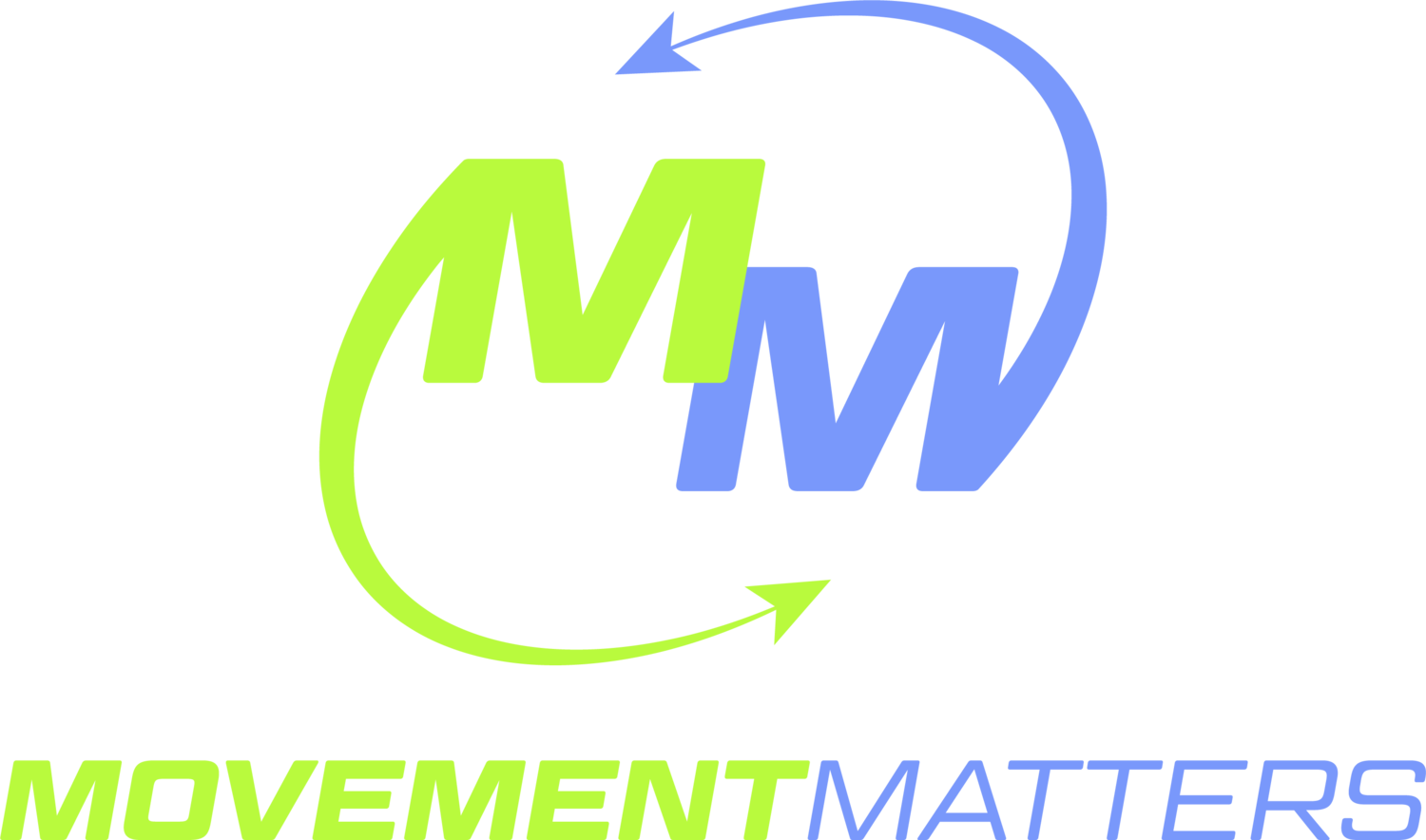Moving Thoughts
"First, Move Well. Then Move Often." - G Cook
It can look like this. You were busy with grad school, stopped running while writing your thesis, and somehow never got back into it. That was 5 years ago. You have been chained to a desk ever since and have decided that you really want to do the office 5k. So you head out for a mile run, then bump it to two the next time out because a mile has never been anything to you. You do okay with that so the next time out you increase to the 5k distance and feel pleased with yourself. Then you get out of bed two days later and your (insert painful part here) is killing you. You try easing up, changing shoes, but it continues to bother you. This has never been a problem before! What happened?
The first rule of the Human Body is that it is inherently lazy. It is an efficiency model, and it never does anything that it doesn’t have to do. It will not support the muscle or mobility needed to be agile and resilient if it is not regularly asked to do so. So basically, if you don’t use it you will eventually lose it. This creep of lost potential occurs across all systems in the body – neurological, musculoskeletal, cardiovascular, respiratory - turns out they are all connected and dependent upon each other. From a musculoskeletal and neuromuscular standpoint, lost mobility, strength, stability, and motor patterning can happen so slowly it is hard to notice – until it hits critical mass or you try to do something that you need it for and find it lacking.
What happened to that body that was sitting at a desk for 5 years while the markets rose, fell, and rose again? The ankles froze up, the hamstrings and hip flexors shortened, the thoracic spine tilted forward and petrified, the shoulders rounded in, and the stabilizer musculature forgot how to work. Muscle mass was replaced by tissue less desirable, blood supply to soft tissue dried up reducing healing capacity, gas exchange and fuel burn became inefficient, the bones in the feet and legs got softer, the cartilage and discs became less squishy, and the body found a new balance point in all this murk that it decided was its new normal. It became a markedly different body from what it was before the grad school thesis when running a few miles was nothing to it. It stopped moving well.
So what happens if you do not move well, and you decide you are going to move often? Think about the tire on a car. When the tire is in perfect alignment there is an even distribution of force and weight across its tread, and it runs for an allotted number of miles before you need a new tire. Now think of that same tire knocked out of alignment by a car-devouring pothole. The tire still works, but one portion of the tire is taking the brunt of the force and wearing excessively while the rest of the tire quietly sits beside it. Everything has its breaking point, and it is not a matter of if the tire will blowout but when it will do so. Every structure in your body is like that tire – designed to evenly distribute force and weight for its allotted mileage. You can think of your knees, shoulders, and back in this way. If there is not balance in the system between posture, mobility, strength, and stability something is going to end up working harder than it should and is capable of a premature blowout. This is the mechanism behind sub-acute injuries, more commonly known as “wear and tear” injuries and “postural strains.” You may know them by their common names: tension headaches, osteoarthritis, IT band syndrome, meniscus tears, rotator cuff pain, low back pain. Repetition does not hurt a body – repetition with poor mechanics hurts a body. Building structural alignment and balance is essential to a body working well. More is not better. Better is better.
When it comes to caring for and improving our bodies, we need to give attention to our weak links and address all of the components of moving well before we subject ourselves to moving often. The second rule of the human body is the body always changes in response to stimulus. Different types of exercise and tissue work are stimuli that result in different types of changes in the body. Improvements in the structure, function, and mechanics of the body can be achieved by giving the body what it needs in terms of stimuli to improve itself. Regarding dose and intensity, so long as we don’t do too little and bore the body, or do too much and inadvertently knock its two front teeth out, we can gradually and progressively move it forward in a more desirable direction. This is the basic tenant upon which rehab and training alike are built.

